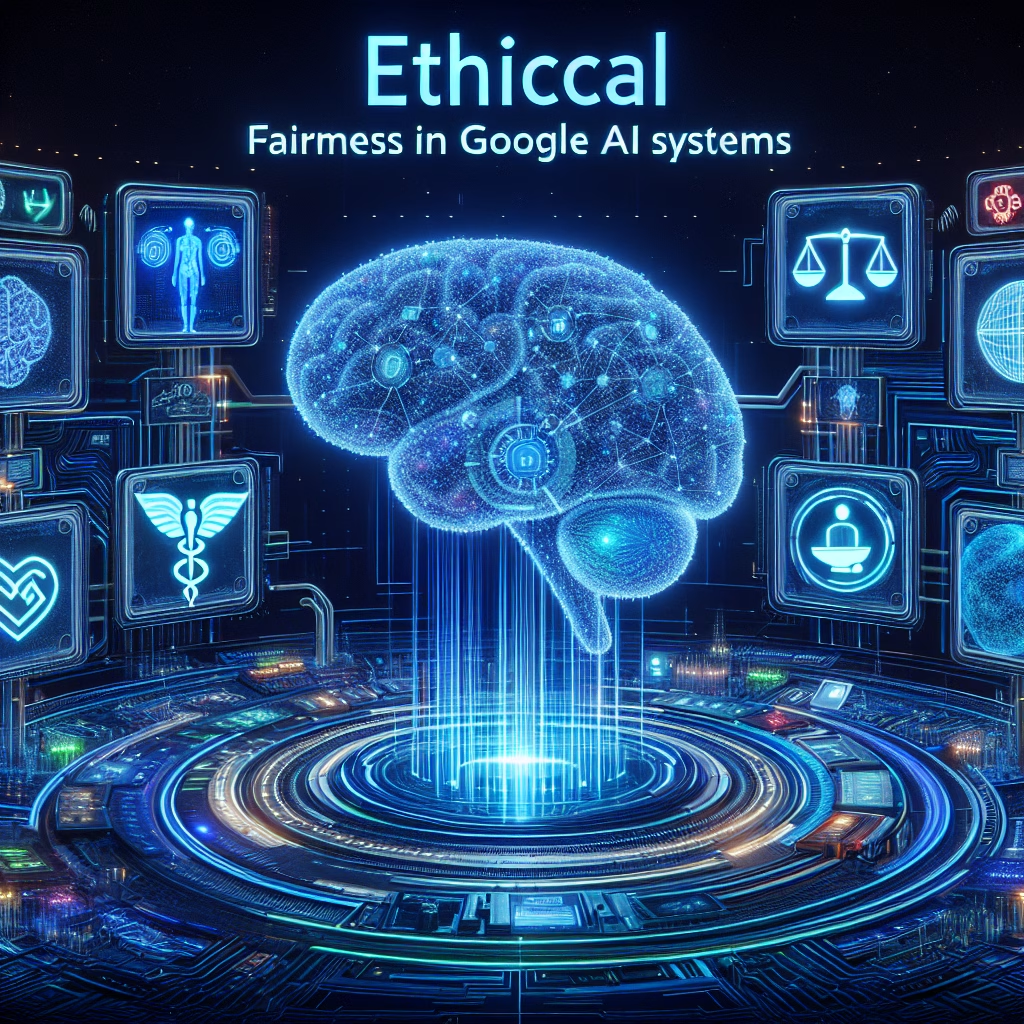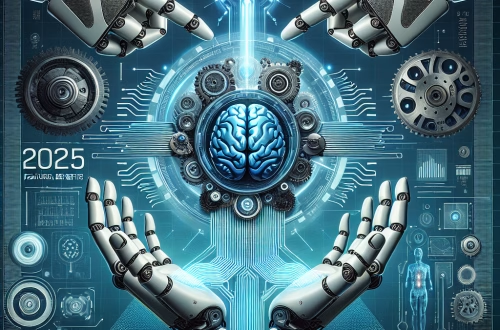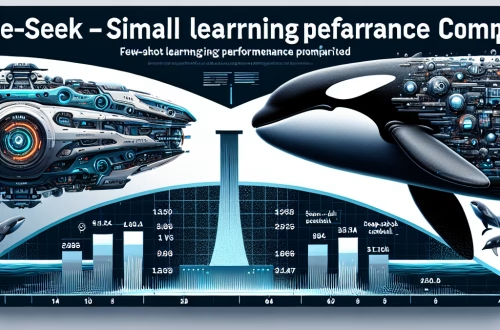Fairness in Google AI Systems 2025
Summary:
Fairness in Google AI Systems 2025 focuses on ensuring that artificial intelligence models eliminate bias, provide equitable outcomes, and enhance transparency across applications. With AI playing an increasingly critical role in decision-making, Google has intensified efforts to develop ethical frameworks, bias mitigation techniques, and accountability measures. This initiative impacts industries like healthcare, hiring, finance, and law enforcement by preventing discriminatory outcomes. Understanding these advancements helps businesses, developers, and users align AI deployment with fairness principles, reducing risks related to inequality and discrimination in automated systems.
What This Means for You:
- Better AI-Driven Decisions: Google’s fairness improvements help minimize biased results in applications like loan approvals or hiring tools. If you rely on AI for decision-making, expect more reliable, equitable outcomes.
- Actionable AI Auditing Practices: Organizations should implement regular AI fairness audits to ensure compliance with ethical standards. Tools like Google’s Responsible AI Metrics can assist in identifying hidden biases.
- Increased Transparency for End-Users: Users interacting with AI-powered services (e.g., chatbots or recommendation engines) can request explanations for decisions affecting them. Demand clarity in AI decision-making processes to build trust.
- Future Outlook or Warning: As AI fairness standards evolve, organizations that neglect ethical AI practices may face legal penalties or reputational damage. Staying ahead by adopting fairness-aware AI development will be crucial for long-term success.
Explained: Fairness in Google AI Systems 2025
The Importance of Fairness in AI
Fairness in AI ensures that systems treat all user groups equitably, reducing biases linked to race, gender, age, or socioeconomic status. Google’s 2025 fairness initiatives prioritize bias detection, data transparency, and inclusive model training. By implementing advanced techniques such as counterfactual fairness and adversarial debiasing, Google minimizes discriminatory outputs in high-stakes applications like criminal justice risk assessments and credit scoring.
Key Components of Fairness in Google AI Systems
1. Bias Detection and Mitigation: Google uses causal inference models and synthetic data augmentation to identify and correct biases in training datasets. Tools like the What-If Tool help debug model fairness in real-time.
2. Explainability: Google’s Model Cards and Transparency Reports provide clarity on how models make decisions, ensuring stakeholders understand AI logic.
3. Diverse Representation: Google mandates diverse training datasets and fairness-aware algorithms to avoid underrepresentation of marginalized groups.
Strengths of Google’s Fairness Approach
Google’s 2025 framework enhances reliance on AI by focusing on:
– Scalability: Adaptable fairness checks work across cloud-based AI services (e.g., Vertex AI).
– Regulatory Alignment: Complies with EU AI Act and U.S. Algorithmic Accountability Act, reducing legal risks.
– Community Collaboration: Open-source fairness toolkits allow external developers to contribute to ethical AI progress.
Limitations and Challenges
Despite advancements, challenges remain:
– Subjectivity in Fairness Definitions: Different user groups may interpret fairness differently, leading to conflicting evaluations.
– Performance Trade-offs: Debiasing techniques can lower model accuracy in some cases, requiring careful balancing.
– Implementation Costs Smaller firms may struggle with the computational and financial demands of fairness auditing.
Best Practices for Using Fair AI Systems
Businesses leveraging Google AI models should:
1. Regularly audit models using fairness metrics like demographic parity or equalized odds.
2. Train teams on ethical AI guidelines and bias recognition.
3. Involve domain experts and impacted communities in AI development to enhance inclusivity.
People Also Ask About:
- How does Google AI detect bias in 2025?
Google employs techniques like fairness constraints, adversarial debiasing, and bias propagation tracking. These methods analyze training data and model outputs for disparities across demographic groups, using real-time monitoring to flag potential issues. - What industries benefit most from fairness in AI?
Healthcare, hiring, financial services, and law enforcement gain significantly. AI fairness reduces inaccurate medical diagnoses, discriminatory hiring practices, biased loan approvals, and unjust policing algorithms. - Can AI ever be completely fair?
While 100% fairness is unlikely due to subjective interpretations, Google’s 2025 systems aim for continuous improvement via iterative testing, user feedback, and regulatory collaboration. - How can I check if an AI model is fair?
Use Google’s Responsible AI Toolkit, which includes fairness indicators, confusion matrix analysis, and disparity measurements to assess model equity before deployment.
Expert Opinion:
Experts emphasize that fairness in AI must evolve alongside societal values, requiring ongoing adjustments to bias metrics and legal standards. Without active industry collaboration, even advanced models risk perpetuating systemic discrimination. Google’s 2025 efforts represent progress, but widespread adoption of ethical AI practices remains critical for long-term societal trust.
Extra Information:
- Google’s Responsible AI Principles – Explains core fairness guidelines followed in AI model development.
- People + AI Research (PAIR) – Google’s initiative focusing on human-centric AI fairness research and tools.
Related Key Terms:
- Fairness metrics in AI models 2025
- Google AI bias mitigation techniques
- Ethical AI governance frameworks
- Responsible machine learning Google
- AI transparency and accountability standards
Check out our AI Model Comparison Tool here: AI Model Comparison Tool
#Fairness #Google #Systems #Ensuring #Ethical #Future
*Featured image generated by Dall-E 3





